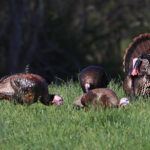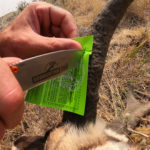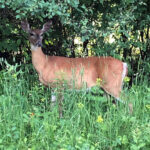With archery seasons getting under way across the country, let’s play a little trivia.
Question: Which state created the nation’s first stand-alone bowhunting season, and when?
Answer: Wisconsin established the United States’ first archery-only season in 1934. The state’s 89th bowhunting season opened Sept. 17, 2022.
Q: Even though Wisconsin has held an archery deer season nearly nine decades, its top 10 archery-season bow-kills have all occurred since 2002. How many of those big harvests came once the state legalized crossbows for archery season in 2014?
A: Four of Wisconsin’s top 10 archery seasons this century came after 2013: 2021, 2020, 2019 and 2017.
Q: Wisconsin bowhunters have registered over 100,000 kills four times since 2002. How many of those 100,000-plus harvests have occurred once the state legalized crossbows in 2014?
A: One. Since 2013, bowhunters exceeded 100,000 bow-kills only in 2020, aka the “COVID-19 season,” when they registered 113,567 deer. That harvest ranks third all-time behind 2007, which set the record with 116,010 bow-kills; and 2006, which ranks No. 2 with 113,918 bow-kills.
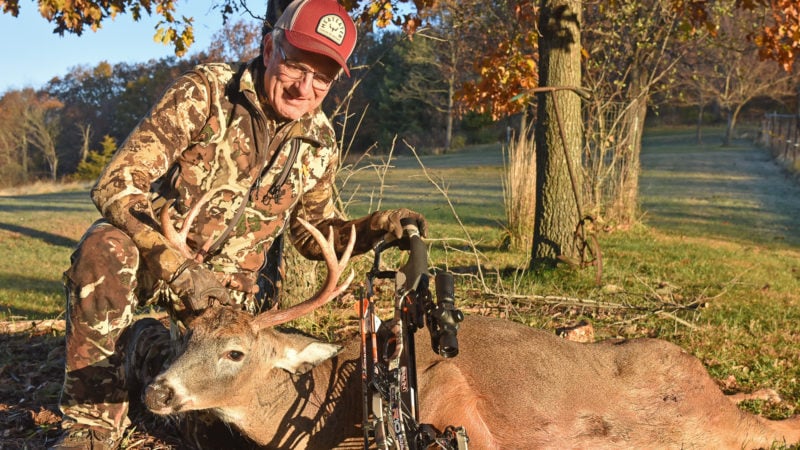
Q: Wisconsin bowhunters have registered over 50,000 antlerless deer five times since 2002. How many of those 50,000-plus antlerless harvests have occurred since 2013?
A: Zero. Wisconsin bowhunters have not registered over 50,000 antlerless deer in over a decade. The state’s five 50,000-plus antlerless bow-kill seasons occurred between 2003 and 2008: 50,109 in 2003; 64,622 in 2008, 69,937 in 2004, 73,837 in 2006, and 77,999 in 2007.
How are you doing so far?
Now answer these questions from further back in history:
Q: When was the first year Wisconsin bowhunters shot more antlered bucks than antlerless deer?
A: 1987. Bowhunters registered 21,278 antlered bucks and 21,253 antlerless deer that year, marking the first time in the state’s first 54 archery seasons that antlerless deer weren’t the primary quarry.
Q: How many years since 1986 has bowhunting’s antlerless kill exceeded the antlered-buck harvest?
A: 16. Wisconsin bowhunters have taken more antlered bucks than antlerless deer 19 of the past 35 seasons, including the past eight seasons. The antlerless kill hasn’t outnumbered the antlered-buck kill since crossbows were legalized.
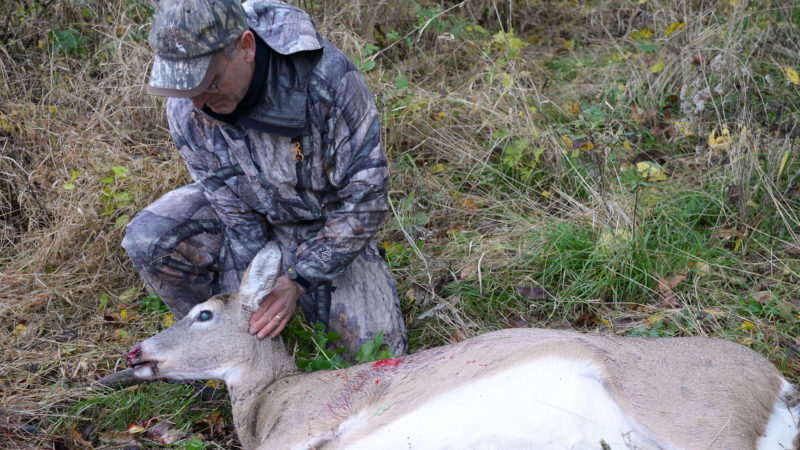
Q: Wisconsin’s bowhunters have registered over 35,000 antlered bucks in 24 of 28 archery seasons since 1993. How many of those 35,000-plus harvests occurred once the state legalized crossbows in 2014?
A: Eight. Bowhunters have registered over 35,000 bucks in each of the eight seasons since 2013: 46,201 in 2014, 51,823 in 2015, 51,734 in 2016, 53,214 in 2017, 47,632 in 2018, 54,380 in 2019, 64,681 in 2020, and 60,751 in 2021. Before the crossbow’s inclusion, archers took over 35,000 bucks in 16 of 20 seasons from 1994 through 2013.
Q: Since Wisconsin legalized crossbows for all archers, which group – crossbow shooters or “vertical-bow” shooters – targets antlered bucks the most?
A: It’s a tie. Both groups in Wisconsin shoot bucks at amazingly similar rates. After varying by only 3 percentage points in 2014, the rates basically merged in recent years:
— 2014 archery season: Of the 81,701 total bowhunting harvest, 46,201 (56.55%) were bucks. The “vertical” bow harvest (54,810) was 55.52% bucks, and the crossbow harvest (26,891) was 58.64% bucks.
— 2015 archery season: Of the 87,098 total bowhunting harvest, 51,823 (59.5%) were bucks. The “vertical” bow harvest (53,004) was 58.92% bucks, and the crossbow harvest (34,094) was 60.4% bucks.
— 2016 archery season: Of the 88,048 total bowhunting harvest, 51,734 (58.76%) were bucks. The “vertical” bow harvest (48,272) was 58.36% bucks, and the crossbow harvest (39,776) was 59.24% bucks.
— 2017 archery season: Of the 92,394 total bowhunting harvest, 53,214 (57.59%) were bucks. The “vertical” bow harvest (45,166) was 57% bucks and the crossbow harvest (47,228) was 58% bucks.
— 2018 archery season: Of the 87,629 total bowhunting harvest, 47,632 (54.36%) were bucks. The “vertical” bow harvest (40,405) was 53.65% bucks and the crossbow harvest (47,224) was 54.96% bucks.
— 2019 archery season: Of the 94,085 total bowhunting harvest, 54,380 (57.79%) were bucks. The “vertical bow harvest (42,128) was 57.86% bucks and the crossbow harvest (51,957) was 57.74% bucks.
— 2020 archery season: Of the 113,567 total bowhunting harvest, 64,681 (56.95%) were bucks. The “vertical” bow harvest (47,836) was 56.72% bucks and the crossbow harvest (65,731) was 57.12% bucks.
— 2021 archery season: Of the 99,141 total bowhunting harvest, 60,751 (61.3%) were bucks. The “vertical” bow harvest (39,733) was 61.2% bucks and the crossbow harvest (59,408) was 61.3% bucks.
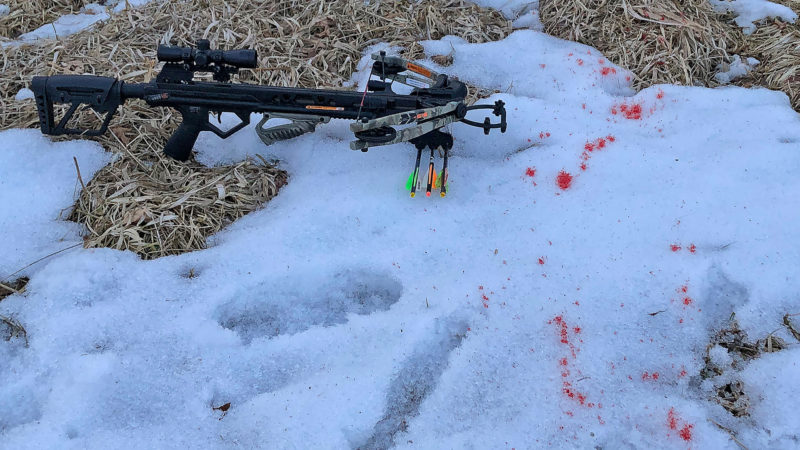
Here are the grand totals for the past eight Wisconsin archery seasons: Of the 743,663 deer taken with all bows, 430,416 (57.88%) were bucks. The total “vertical” bow harvest of 371,354 deer was 57.44% bucks (213,158), and the total crossbow harvest of 372,309 deer was 58.35% bucks (217,258).
Jeff Pritzl, deer-program specialist for the Wisconsin Department of Natural Resources, said the state’s trend away from antlerless harvests is unmistakable and concerning. He notes, however, that it didn’t start with crossbows. Antlered bucks made up 27% of Wisconsin’s archery kill in 1970, but jumped to 43% in 1980 as compound bows took over. The buck kill then climbed to 53% in 1990, and 57% in 1995 — roughly its current rate.
Bowhunting’s buck kill fluctuated from 46% to 50% from 1996 to 2010 when “earn-a-buck” rules and other incentives forced bowhunters to increase their antlerless harvests. The Wisconsin Legislature passed a bill outlawing earn-a-buck in 2011, and former Gov. Scott Walker signed it into law shortly before the season.
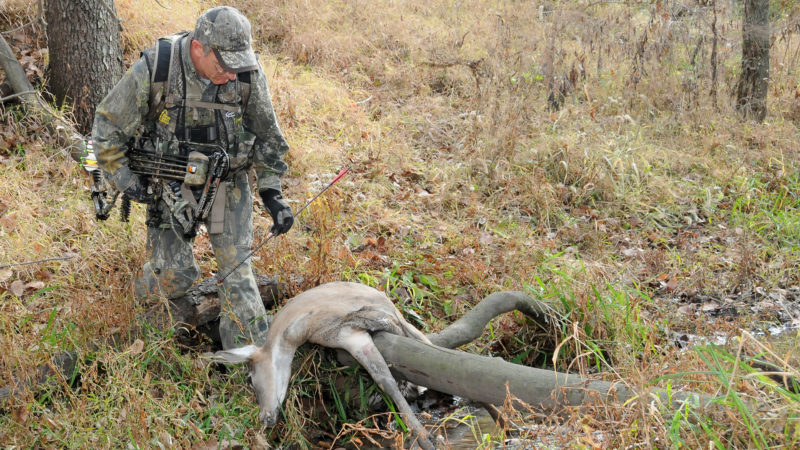
Pritzl and other biologists are concerned because most hunters today only shoot one deer annually. If they shoot a buck with a bow, they’re often done for the year. They might keep hunting with friends, but they’re not motivated to shoot a second or third deer.
Therefore, Pritzl encourages bowhunters to try shooting antlerless deer in September. “We’d like them to step up their game, and not pass those early-season opportunities,” he said. “If you can’t use the deer yourself, donate it.”
Pritzl’s concerns underscore something important: When crossbows were legalized, some folks feared they would prove so effective that Wisconsin would have to shorten its nearly four-month archery season. That hasn’t happened.
In fact, Wisconsin is relying more than ever on its short gun-hunting seasons to manage its antlerless deer, but gun-hunting’s trend is also toward bucks.
Without incentives like earn-a-buck rules the past decade, Wisconsin bowhunters — whether they carry compounds or crossbows — are choosing to be ineffective at managing antlerless deer.

 By
By 